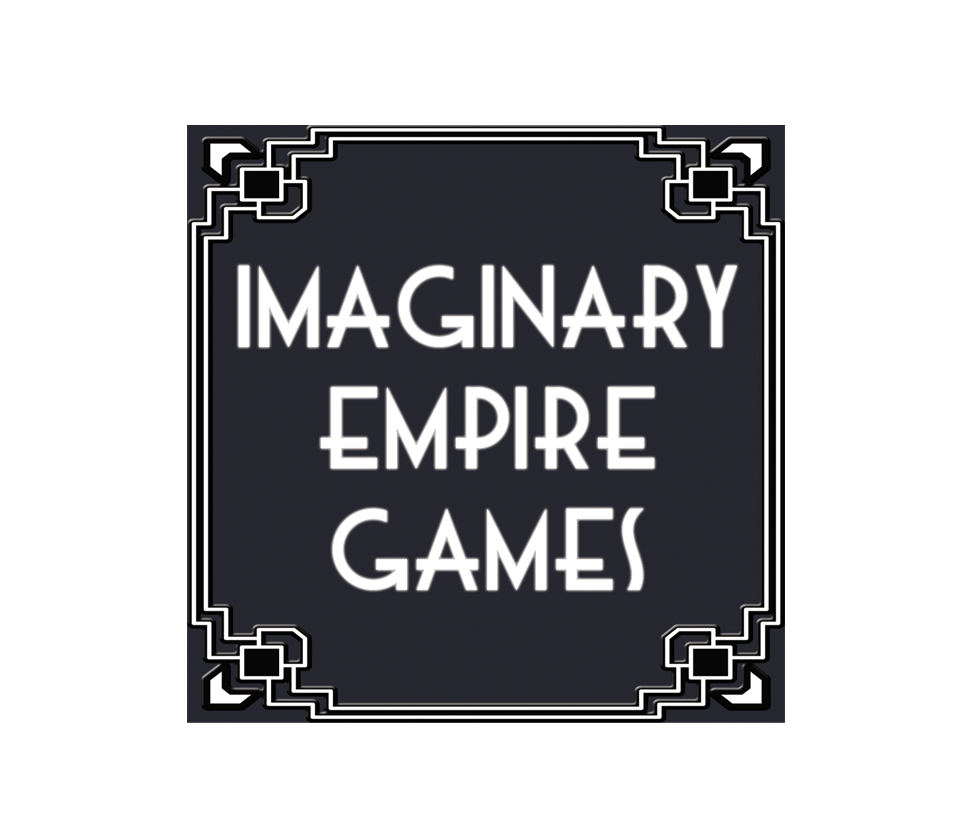A Pre-Flight Checklist – I don’t leave home without a
one-page sheet which summarises everything I want to convey to the players from
the moment they sit down at the table.
I've previously described this in detail here. By setting this down in dot
points I make sure I don’t forget anything important, or have to slow the pace
of the game later to cover off something I’ve forgotten to mention from the beginning. I find the list helps me structure what would
otherwise be a bit of a rambling monologue.
Timekeeping – a watch or clock is essential. It can be remarkably hard to keep a track of
time when facilitating a game, and it is fairly crucial that you keep your game
to time, and aren’t forced to rush through the final scenes. Timing is not an exact science, and checking
your watch will likely mean the players check theirs and start thinking about
their next game, so I usually try and be discreet about it. I’ve noticed (as a player) that often
somewhere between a quarter and a third of the total time allocation is spent
on initial introductions and explanations.
In a game where establishing the characters is important (Fiasco,
Apoclypse World, EPOCH) this is fine, but in more traditional games with
pre-generated characters this often means that the final scenes suffer.
Maps – Maps serve two important functions. First they obviously convey relative
information about places, which can be useful to emphasise information already
provided or illustrate simply something which would be complex to
describe. Second, they implicitly tell
the players that their characters are on the right track or operating within
the anticipated scope of the scenario. I
often find that maps can be a useful synopsis of key information both at player
and character level. The key is to have
them be as simple as possible, to avoid having the map become a distraction for
the players.
Pictures or Art – as with a map, a picture can convey a lot
in a much simpler and more artful way than can easily be described aloud. I particularly use pictures when there are
multiple NPC’s in the scenario (and hold up a picture of which NPC is talking
to be absolutely clear for the players) or when there are monsters which might
prove challenging to describe (stay tuned for my forthcoming post on Cthulhu
Mythos monsters as an example). Art can
also be useful to convey mood and setting information, something I note that the
grand experiment has made particular use of when running his scenarios. When I picked up his scenario to run at short
notice, the pictures included instantly and powerfully communicated a lot of
information about the style, setting and intent of the scenario.
Name Tags – regardless of whether the players know each
other before your game, they will soon ideally be referring to their characters
by name. To enhance and encourage this,
you ideally want to provide name tags so that players can read, at a glance,
character names. Whether these are
labels, folded pieces of card or laminated badges, a small effort before the
game can make it that much easier to embrace characterisation.
GM Screen or Rules Reference – only rarely do I use a GM
screen raised at the table as I think it dampens down the collegiality of the
game (and I never roll dice behind a screen), but I often leave it lying flat
and use the table for rules quick reference, but even having post-it notes in a
rulebook would suffice. The secret is to
flag any rules which are complex and likely to crop up during the scenario, so
the exact text is at your fingertips.
Ideally you will make the core rules accessible to the players as well,
either by putting them on character sheets in short form, or creating tabletop
quick reference guides.
The Basics – There are a couple of more basic things you
should also cover off for an optimal experience; if your game uses dice, bring
enough dice for everyone, you don’t want the game being slowed at a crucial
moment while people go searching for their dice, or ask to borrow some. Bring enough pens or pencils for all the
players - again, waiting to get a pencil to track damage or write a note can
slow the flow of a game. Consider laminating handouts or other materials to try
and avoid the table becoming a sea of paper and minimise the damage of an
inevitable drink spill incident. Have a
copy of the ‘con timetable nearby so that you know when your round begins and
ends as well as small scraps of paper for notes (both for yourself and the
players). And obviously make sure you
have a copy of the scenario, relevant rules and character sheets ready to go.
Is there anything I’ve missed? Feel free to add your own tips on game prep,
or comment on mine.









